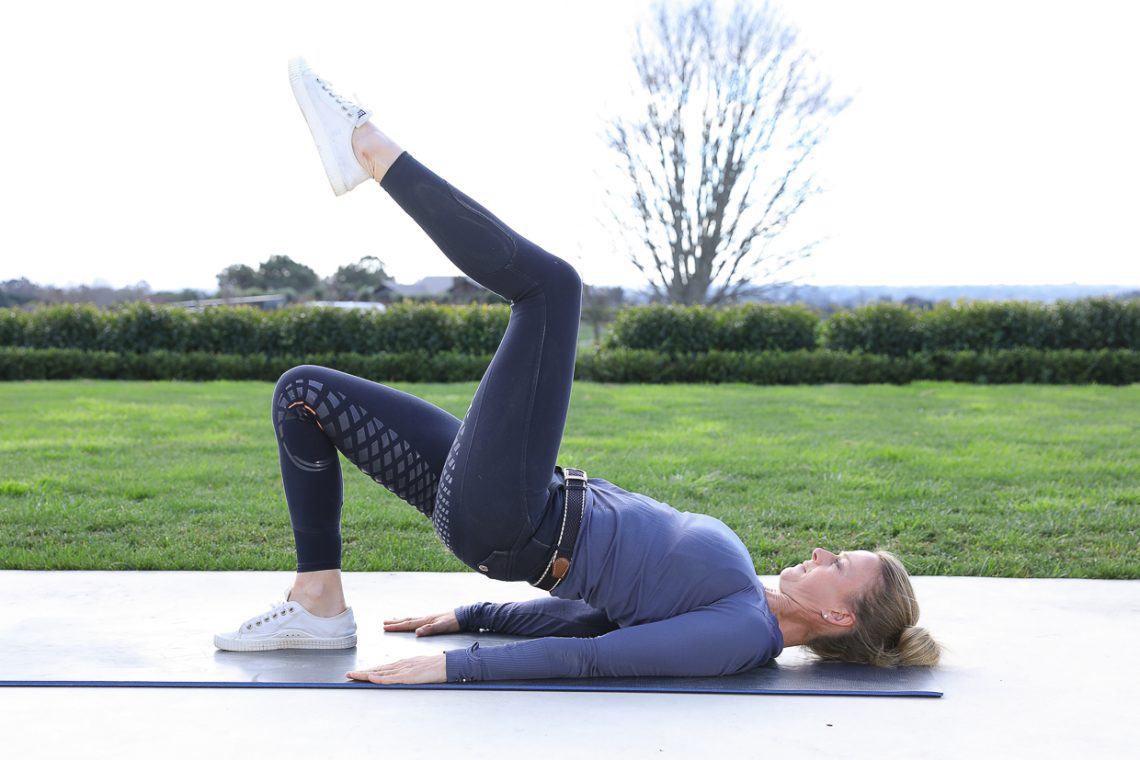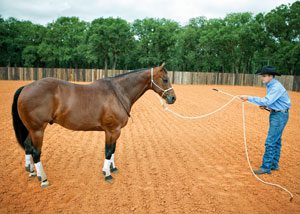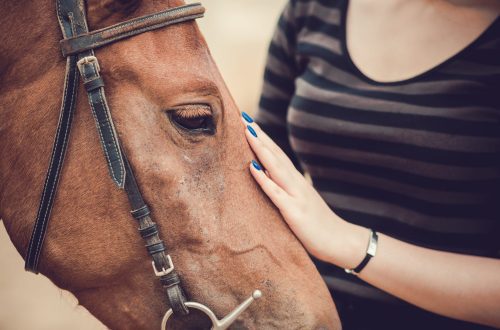
Rider Exercises: Strengthen Your Lower Body
Rider Exercises: Strengthen Your Lower Body
While on horseback, we may not be aware of what exactly is happening to our body, because most of the time we are completely focused on how our horse moves. We may feel that the horse is pinched or off the reins, but we rarely think that his condition is a reflection of how our body is behaving.
The series of exercises that I want to bring to your attention is aimed at strengthening the muscles that stabilize our pelvis and lower back. By doing them, you will be able to discover your “weakness” affecting the horse and find out which parts of the body need your special attention.
By working on your own alignment and balance in the saddle, you can really help your horse train and eliminate any rider-related imbalances from that “equation”.
Try doing these exercises throughout the day. You can work on one exercise at a time or do several exercises in combination. Improve your balance and strength by exercising outside the stable and you will see the positive effects when you get into the saddle.
Do at least 10-15 repetitions of each exercise, and then, after resting, do another set or several.
1. Work with legs raised above the ground Great for toning and strengthening the lower back, glutes and hamstring muscles. If you haven’t tried this exercise before, start with one leg or two and rest after each set.
1. Tighten your buttocks and legs.
2. Raise your legs from your hips.
3. Tighten your stomach.
4. Move your legs in and out without lowering them.
2. Bridges – the exercise will be useful for toning and strengthening the lower back, buttocks and muscles of the hamstring group.
1. Hands lie flat on the ground.
2. We push through the heels.
3. Raise the hips, tighten the buttocks.
4. Controlled lowering down.
3. Bridge with one raised leg – This exercise is good to perform after the previous one. It’s great for toning and strengthening the lower back, glutes, and hamstrings, but we can see each side of the body work. Often the rider has one side stronger than the other, and this exercise really helps bring out that imbalance.
1. Hands on the ground.
2. We push from the heels.
3. Raise the hips and tighten the buttocks.
4. One of the legs is raised with the knee up.
4. Raising and swinging legs with a raised diagonal arm is a great exercise to improve balance. It will also be useful for muscle coordination (a chain of postural muscles is connected to the work). In addition, the exercise allows you to identify any imbalances – you can understand which side of your body is weaker and what needs to be worked on.
1. Hands under the shoulders.
2. Raise the diagonal pair of arms and legs.
3. We tighten the stomach.
4. We take the leg to the side, return it to its place and lower it.
5. Chair Squats – Squats are useful not only for riding, but also for performing daily stable tasks of caring for horses. If you haven’t done squats before, try starting with chair squats, then you can remove it and do bareback squats.
1. Squat.
2. Legs bent at 90 degrees.
3. Knees over toes.
4. Repeat.
6. Touching the toes is another great exercise that will help you work on balance and identify imbalances. We touch the toes of one foot, while the second rises up.
1. Raise one leg.
2. The knee is soft.
3. Touch your toes.
4. Level up to complete the set.
7. Lunge is an excellent exercise for developing and strengthening the lower body, as well as developing even balance on both sides of the body. Be sure to push through the heel of your front leg and keep your torso upright.
1. Take a step with one foot, bend the other at the knee.
2. Get down.
3. Come back by pushing through the heel of the leg in front.
4. Change your leg.
Mary Yannullu (source); translation Valeria Smirnova.





